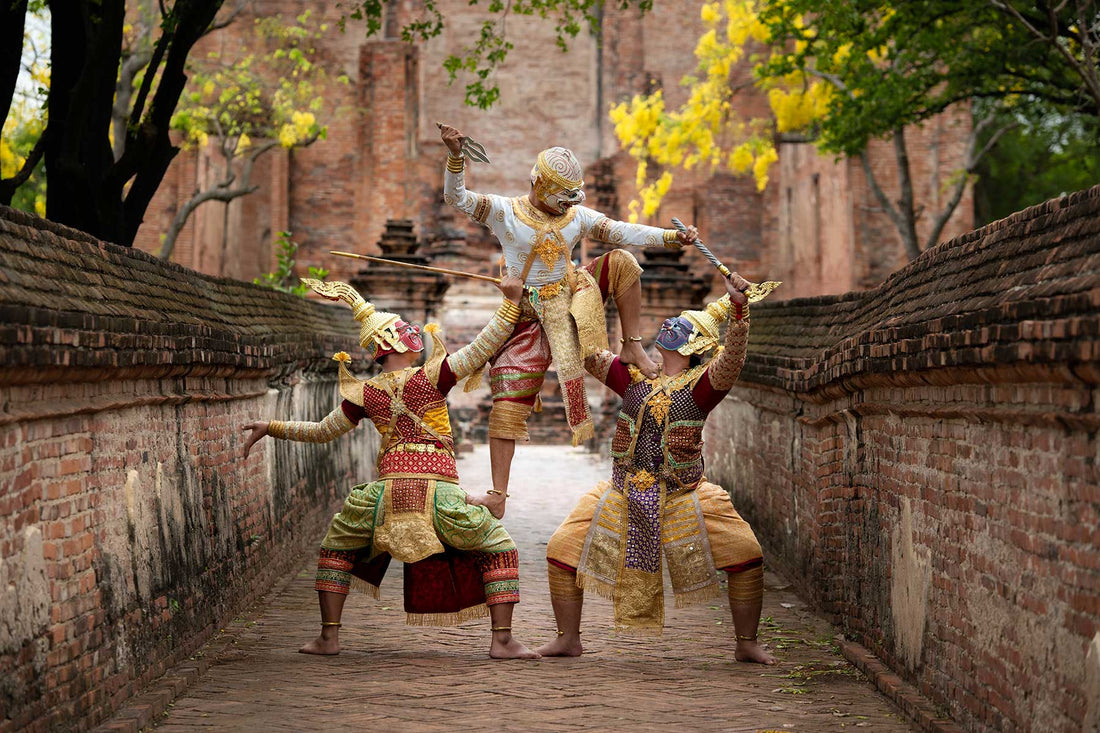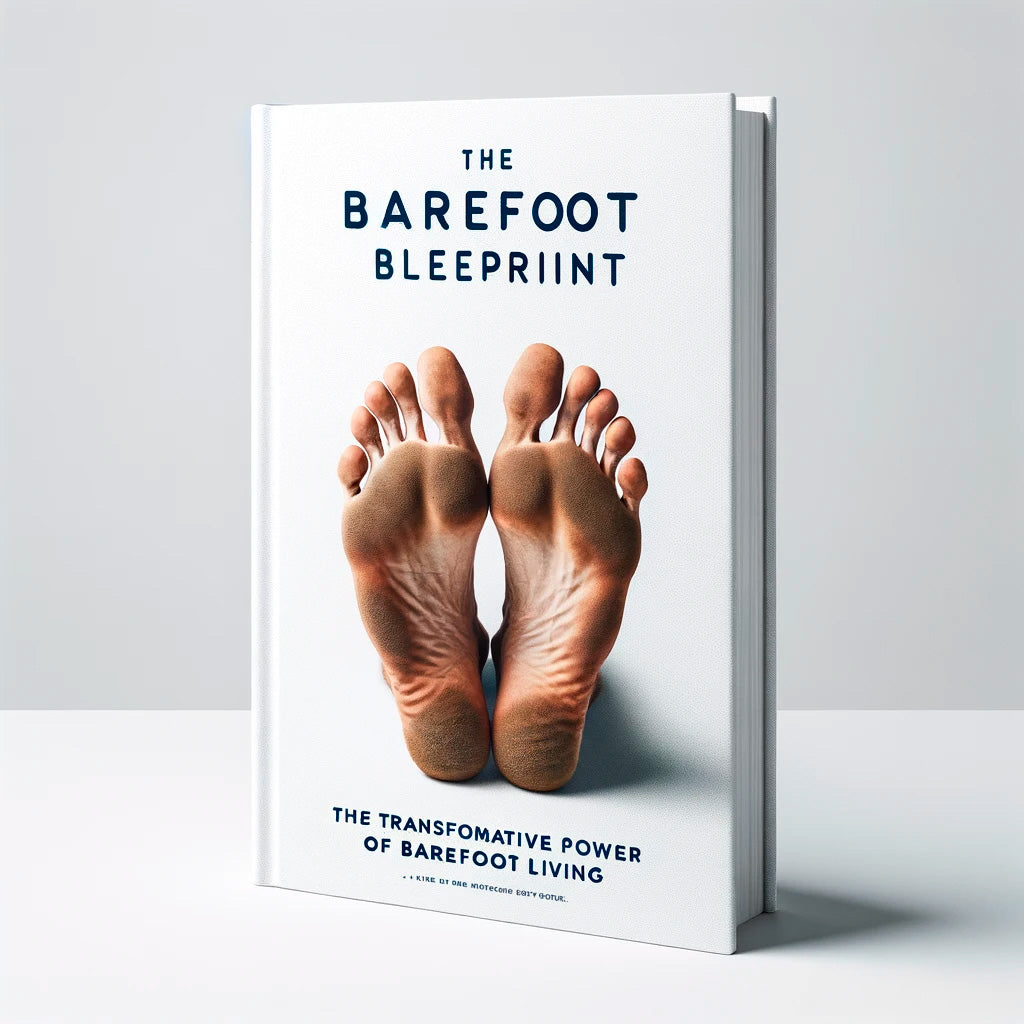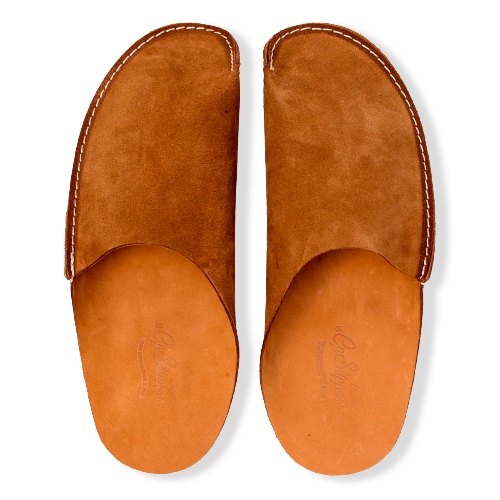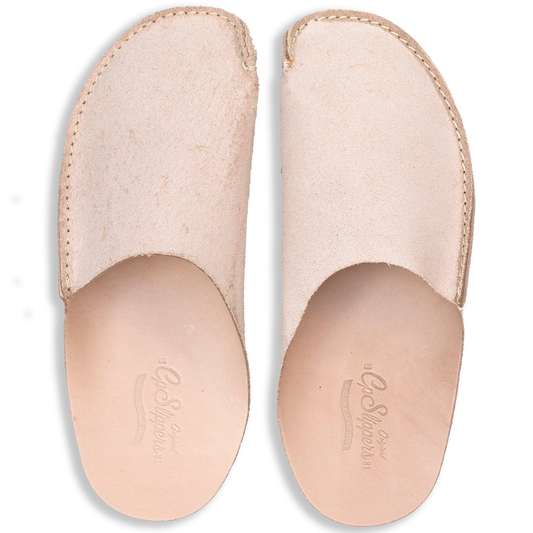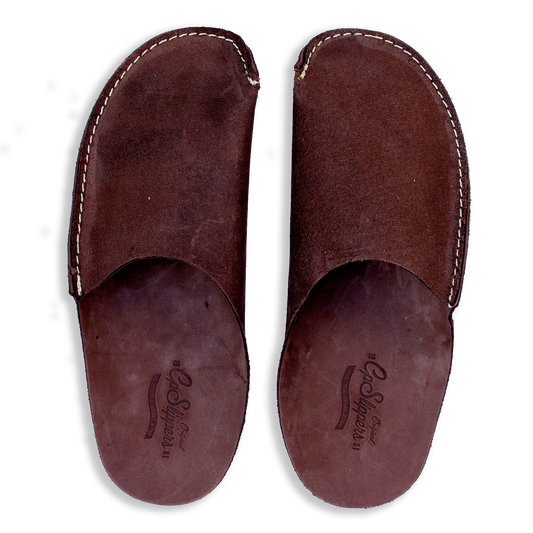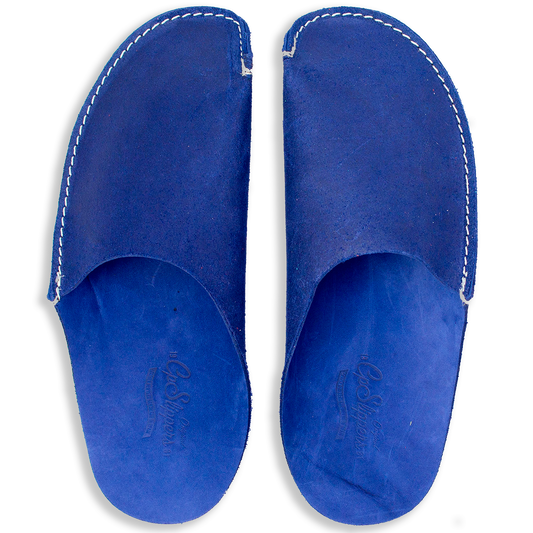A historical journey from ancient civilizations to modern-day barefoot enthusiasts.
Introduction
The history of walking barefoot is as old as humanity itself. From the earliest humans who tread upon the Earth's surface to contemporary barefoot enthusiasts, going barefoot has carried various cultural, spiritual, and practical significances through the ages. This chapter delves into the historical journey of barefoot practices, revealing how they have shaped and been shaped by societies worldwide.
Ancient Civilizations and Spiritual Significance
In many ancient civilizations, going barefoot was not merely a practical matter but held deep spiritual and religious significance. For example, in Ancient Egypt, priests performed sacred rituals barefoot, symbolizing purity and their connection to the divine. Similarly, in Hinduism and Buddhism, removing shoes before entering a temple is a sign of respect and humility, acknowledging the sanctity of the holy ground.
The Greeks also celebrated the virtues of barefoot running and athleticism, epitomized by the Olympic Games, where athletes competed unshod, highlighting the importance of physical prowess and the human connection to the Earth.
Barefoot Societies and Colonial Perspectives
In various indigenous and tribal societies across Africa, the Americas, and Oceania, going barefoot has been a way of life, deeply integrated into cultural practices, daily living, and symbiotic relationships with the environment. However, with the advent of colonialism, Western perceptions of footwear as symbols of civilization and status began to influence these societies. The enforced adoption of shoes became a tool of cultural assimilation, altering traditional practices and perspectives on barefoot living.
The Rise of Footwear and Industrialization
As societies industrialized, the role of footwear expanded beyond protection and modesty to become markers of social status, fashion, and identity. The invention of mass-produced shoes made them accessible to a wider population, further entrenching the norm of constant shoe-wearing. However, this shift also led to a growing detachment from the natural environment and increased foot-related ailments, prompting a reevaluation of the health implications of wearing shoes.
The Modern Barefoot Movement
In recent decades, a resurgence of interest in the benefits of going barefoot has emerged, fueled by scientific research, environmental consciousness, and a desire for a simpler, more authentic way of life. The modern barefoot movement, encompassing everything from barefoot running to minimalist footwear, represents a return to natural practices and a challenge to the conventional wisdom surrounding shoe-wearing.
Conclusion
Tracing the history of barefoot practices reveals a rich tapestry of cultural, spiritual, and practical dimensions. The journey from ancient civilizations to the modern barefoot movement highlights the complex relationship between humans and their environment, mediated by going barefoot. As we move forward, the lessons from the past can inform and enrich our understanding of the significance of connecting with the Earth underfoot, encouraging a thoughtful reconsideration of our contemporary lifestyle choices.

